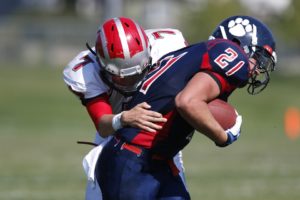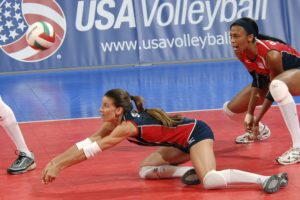

High school athletics are very demanding and can take a toll on the body. A season of wear and tear and injuries leads to underperforming and a less successful season. No athlete wants to underperform especially when the raw talent is present. Performing at the highest level is every athlete’s goal. Most athletes perform conditioning and weight lifting to prepare for and stay strong during the season, but they are missing ONE BIG COMPONANT when it comes to staying healthy. Trainers and conditioning coaches are good at pure strength and endurance exercises but they do not have the education and the ability to evaluate, make assessments, and treat dysfunctions/injuries an athlete may have before and during the season that is limiting the athletes ability to play at the highest level. There is no reason to miss out on the ONE BIG COMPONANT that can lead to a much more successful and healthy season. And what is the ONE BIG COMPONANT? It is having a total body movement evaluation from Wright Physiotherapy to look for problems the athlete may have in muscles and joints that is limiting the highest level of performance. Then the appropriate hands on manual therapy will be performed to correct any dysfunctions that are present. At the end of the session a group of exercises will be given to specifically strengthen the body and deficits that were found. During the season, manual therapy and hands on treatment techniques can be used to heal injuries such as sprains, strains, back pain, knee injury, shoulder injury, hip injury, and injuries of all kinds to keep the player on the field or court throughout the season. Wright Physiotherapy can keep you healthy, so you can be an all-star performer. Give me a call for a healthier and more productive season!
